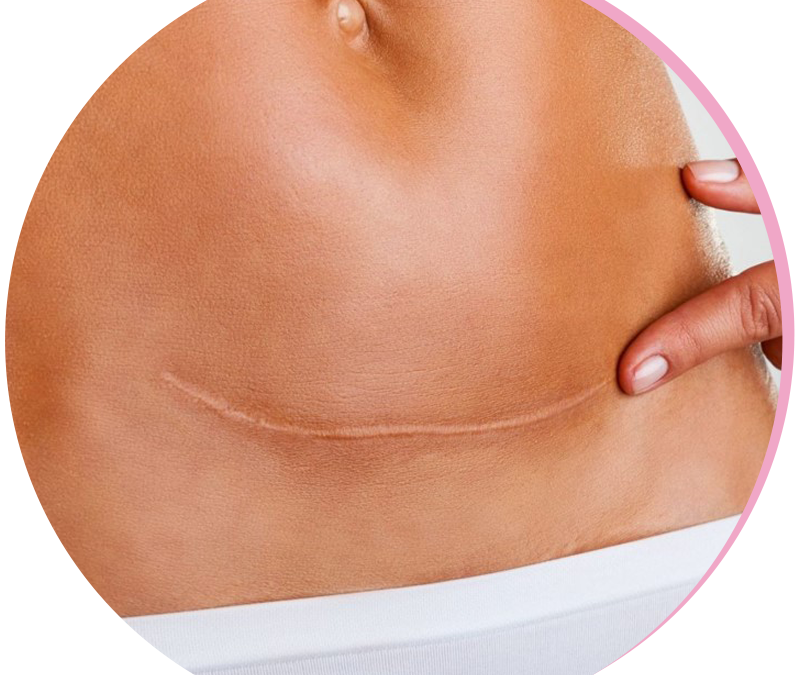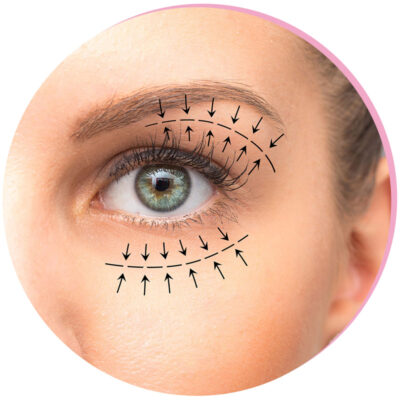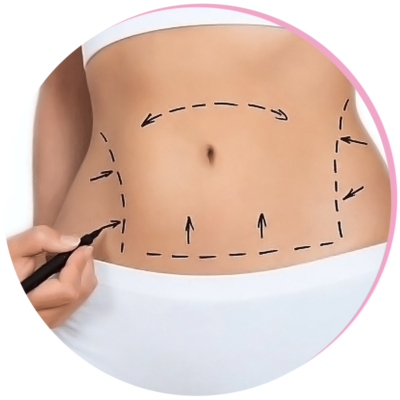Scar Removal
Additional recommended treatments
Breast Augmentation
Breast AugmentationBreast augmentation is used to increase the size of the breast, which is achieved with implants placed under the breast tissues or pectoralis muscle. Some want to increase their self-confidence with this, others want to repair their sagging breasts...
Breast Reduction
Breast ReductionBreast reduction, also known as mammoplasty, is a surgery in which excess fat, tissue, and skin are removed from the breast, reducing its size and reshaping it. This procedure is recommended for those who feel that their breasts are too big, cause them...
Blepharoplasty
BlepharoplastySagging eyelids are one of the most common reasons why women and men lie under knives. Eyelid surgery (blepharoplasty) is a deservedly popular procedure as it involves minimal discomfort and recovery time. The result is instant and extremely spectacular,...
Brow Lift
Brow LiftIt is said that a wrinkled forehead is a sign of wisdom and wisdom goes with age, yet many would prefer to give up the old look as no one wants to look old. Eyebrow raising can be a great way to regain your young appearance.A brow lift smoothes the forehead...
Tummy Tuck
Tummy TuckTummy tuck improves the appearance of the upper body. This procedure removes fat and excess skin from the abdomen and usually also strengthens the abdominal wall, making the abdomen smooth and tight again.Sagging abdominal skin can develop for a variety of...





